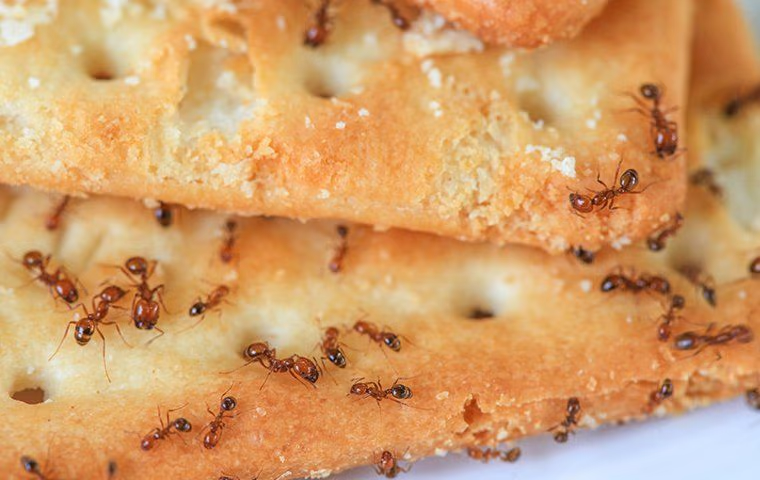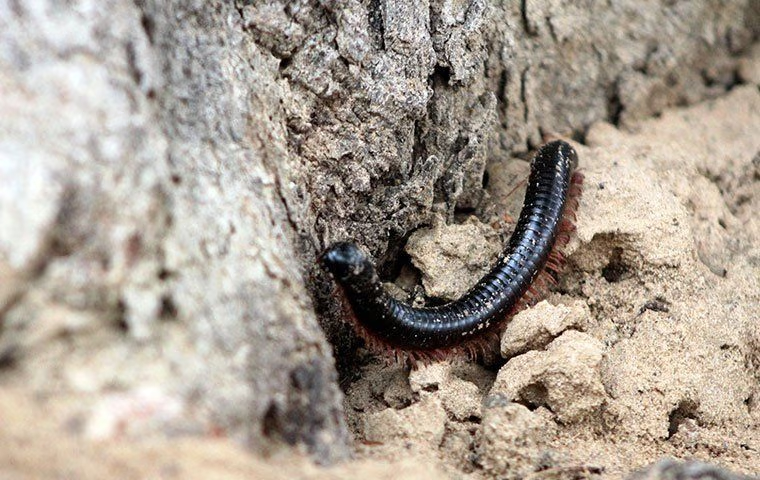Uncovering centipedes in your Boca Raton home can be an unsettling experience, invoking immediate concern and a desire for solutions. These multi-legged creatures, often considered intrusive and somewhat alarming, tend to find their way inside, seeking shelter and food. While they play a role in controlling other pests, their presence is generally unwelcome due to their unnerving appearance and the discomfort surrounding their interactions with humans.
In this article, we aim to equip homeowners with effective strategies for understanding, managing, and coexisting with these arthropods, ensuring a harmonious indoor environment. Embrace the journey from initial shock to feeling well-versed in preventive measures, ensuring these critters remain where they belong – outside your comfort zone.
The Anatomy And Behavior Of Centipedes
Centipedes, belonging to the class Chilopoda, are distinguished by their elongated, segmented bodies with one pair of legs per segment. The number of legs varies from species to species, ranging from 15 to over 100 pairs, creating a visual spectacle that contributes to their somewhat intimidating appearance. These creatures are predominantly carnivorous, with their diet comprising mainly insects, which they capture using their venomous front legs, modified into specialized pincers for hunting and defense.
Different kinds of centipedes exhibit diverse behaviors and habitat preferences, but a common trait is their nocturnal nature, which drives them to seek dark, moist environments during the day. This behavior often leads them into human residences, where they can find ideal conditions in basements, bathrooms, or under heavy, undisturbed objects. They are solitary creatures, usually fast-moving, and likely to flee when encountered. Understanding these aspects of centipede anatomy and behavior is crucial in managing their presence, as it allows homeowners to make their indoor environments less hospitable to these unwelcome guests.
Why Centipedes Can Be A Menace To Have Around Your Home
While centipedes are generally regarded as beneficial predators in the ecosystem due to their appetite for common household pests, having them inside your home can be distressing. The primary concern stems from the giant centipede problem; these larger species can deliver a painful bite, injecting venom into the skin. Although not lethal, the bite from a centipede type bug can cause allergic reactions in sensitive individuals, necessitating medical attention.
Moreover, their swift, unpredictable movements, coupled with their startling appearance, often provoke fear and anxiety, especially in children and individuals with a fear of insects. A centipede presence may also indicate underlying issues in your home, such as increased humidity levels and other pests serving as their food source. Thus, while they are not structurally destructive like termites, the centipede’s unsettling nature makes these pests a significant nuisance, raising the urgency for control measures and potentially revealing hidden home maintenance needs.
Four Eco-Friendly Centipede Prevention Tips For Your Home
Dealing with a centipede invasion doesn’t necessarily mean using harsh chemicals or inhumane solutions. There are several eco-friendly strategies homeowners can employ to discourage these many-legged intruders from taking up residence. Here are four environmentally conscious tips to keep in mind as a house centipede repellent:
Maintain Dry Conditions: Centipedes thrive in moist environments. By using dehumidifiers, fixing leaky faucets, and ensuring proper drainage, you can keep your home dry and less inviting to centipedes. Regularly check damp areas like basements, bathrooms, and under the kitchen sink to eliminate their preferred habitats.
Seal Entry Points: Prevent centipedes from entering your home by sealing any cracks, gaps, or crevices in the foundation, walls, or around windows and doors. Proper weatherstripping and caulking are critical in deterring not only centipedes but also other pests.
Natural Repellents: Consider creating a natural house centipede repellent using essential oils like tea tree, peppermint, or eucalyptus. Spray diluted solutions around doorways, windowsills, and known centipede entry zones. These oils are disagreeable to centipedes and many other insects.
Encourage Natural Predators: Outdoor, eco-friendly pest control includes fostering a garden environment that attracts centipede predators, such as birds or other insect-eating creatures. Having these around can naturally decrease the centipede population without resorting to chemical means.
Putting these tips into practice creates a first line of defense against centipedes, balancing effective pest control with environmental responsibility. These methods protect both your home’s interior ecosystem and the external environment at large.
How To Get Rid Of A Centipede Problem In Your Home
Addressing a centipede infestation requires a strategic approach to centipede control, ensuring these critters are removed efficiently without recurrence. One of the most effective steps is seeking professional assistance. GOTBUGSIKILL specializes in comprehensive pest control strategies. Our expertise helps in accurately identifying the centipede species, understanding their habits, and employing targeted measures to eradicate them from your home.
At GOTBUGSIKILL, our trained experts utilize safe, advanced techniques, potentially including moisture control, pesticide application in critical zones, and ongoing monitoring, significantly minimizing the chances of future infestations and restoring a sense of ease for homeowners.

